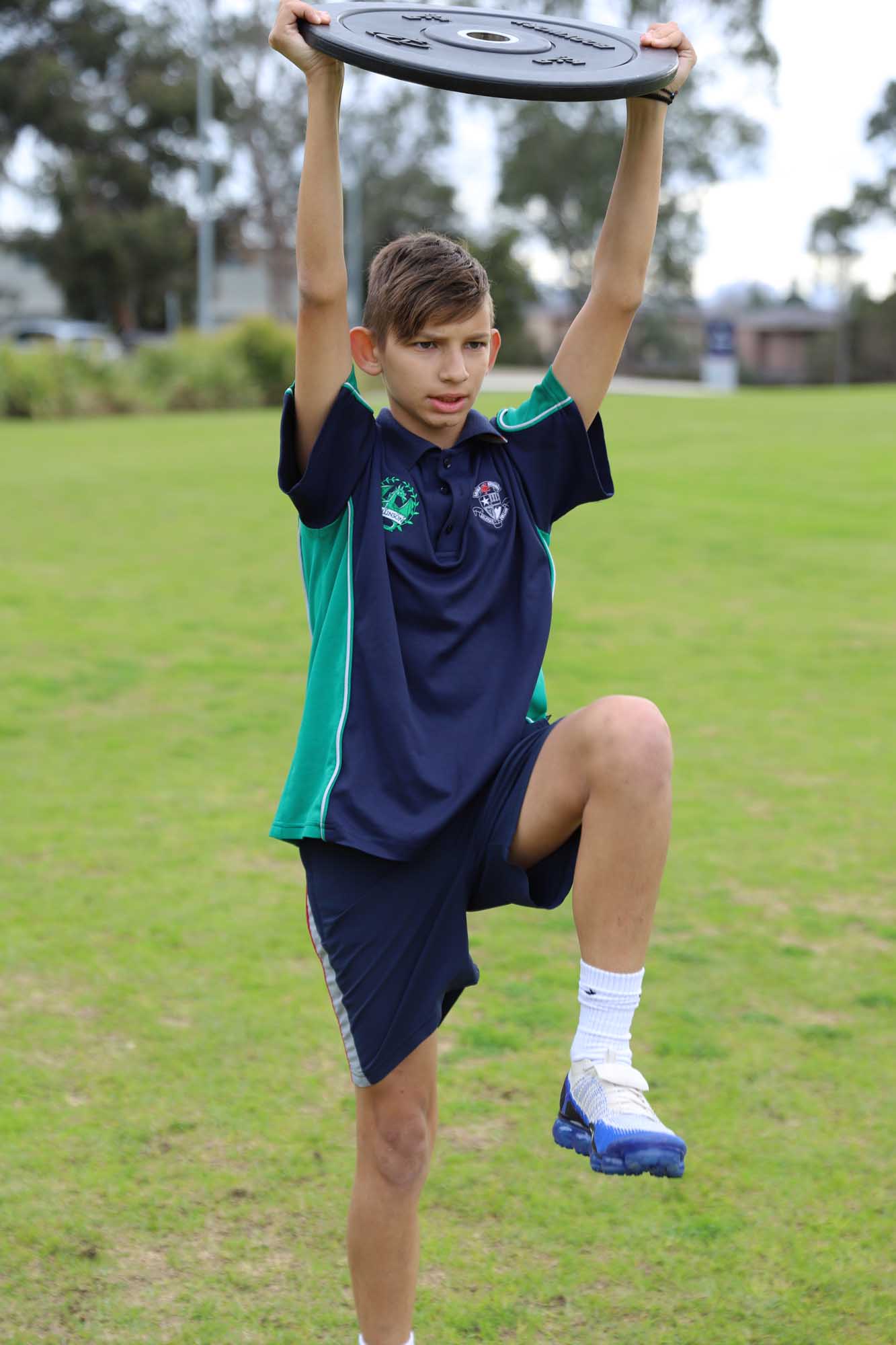Today’s educational content from the team at ACE Performance will be covering Osgood Schlatter’s Disease. In this article, we will be covering why and how this injury may come about and also how we go about treating Osgood Schlatter’s so our athletes can return to sport and everyday life without pain.
OSGOOD SCHLATTER’S DISEASE
Osgood schlatters is a rupture of the growth plate at the tibial tuberosity of the knee and it occurs due to rapid growth at the knee.
It relates to inflammation of the area just below the knee where the tendon from the kneecap (patellar tendon) attached to the shinbone (tibia).
Symptoms that can occur include local pain, swelling and tenderness over the tibial tuberosity. This pain can be intensified during running, decelerating, jumping and knee dominant exercises.
Osgood Schlatter’s can occur from a number of reasons, but at ACE Performance the most common reason we see is due inadequate lower limb control during high growth stages in adolescents.
This lack of control leads to excessive force on the tibial tuberosity via the strain on the quadriceps and ultimately micro-fractures occur. This is most prevalent in youth aged 11-14 and particularly in males who compete in sports with high impact load.

Here are some of our most commonly programmed exercises designed to help with the symptoms of Osgood Schlatter’s.
STANDING VMO RECRUITMENT
This exercise is the perfect start to ensure that your VMO and Glute Med muscles are recruited at the correct times and to prevent knee valgus and excessive forward shin shift. Look to complete 3 x 10 reps per leg.
WALL HOLD
Sitting with approximately 120-135 degrees of knee flexion (just above parallel) look to contract and recruit all muscles within the legs. Sit with a flat back on the wall and hold for 3 x 30sec where possible.
COCKROACH LEG EXTENSIONS
This is designed to ensure stabilising musculature within the pelvis and spine help improve hip stability and ultimately the co-ordination down the chain through to the knee and ankles. Keeping your back flat on the ground, slowly extend one leg whilst holding your hips in neutral. Aim for 3 x 6 reps per leg.
These exercises can be completed daily based upon how each individual recovers from the previous day and the severity of the symptoms.
To watch a video of these exercises being demonstrated by ACE Performance Director Brett, click HERE.
If you have any questions about Osgood Schlatter’s or any other injuries your son might have, then please get in contact with me via matthew@accelerationmelbourne.com.au
